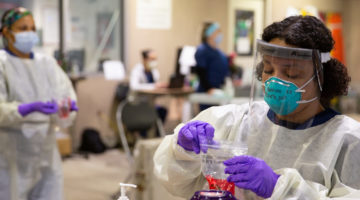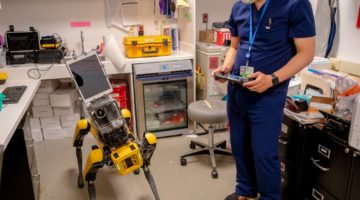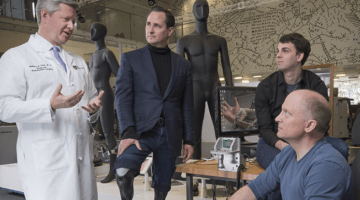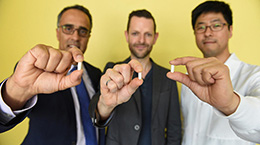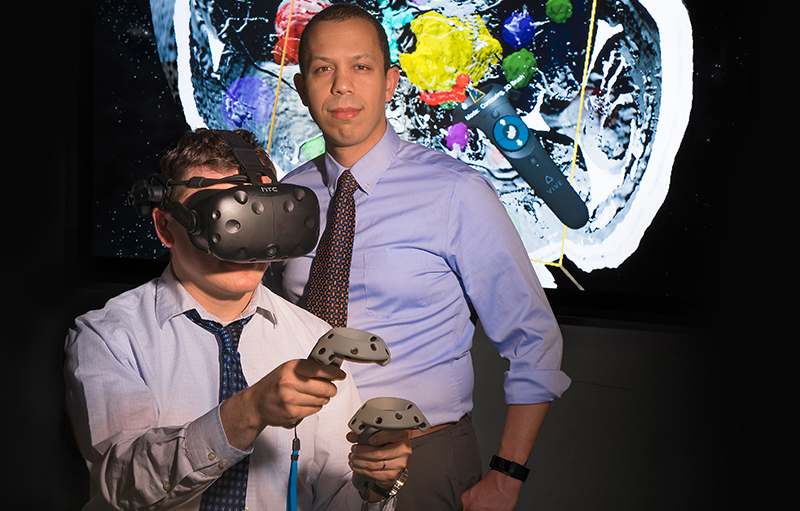
Every story in this technology-focused issue of Brigham Health magazine reminds me of a hilarious exchange in Lewis Carroll’s “Through the Looking-Glass”:
“There’s no use trying,” Alice said. “One can’t believe impossible things.”
“I daresay you haven’t had much practice,” said the Queen. “When I was your age, I always did it for half-an-hour a day. Why, sometimes I’ve believed as many as six impossible things before breakfast.”
Technology alone can’t solve problems of human health. But in the hands of people who make the Queen look like a pretender, technology extends what’s medically possible.
This issue shows physicians, surgeons, and scientists using technology to bring world-class care into people’s own homes, enable an amputee to control a prosthetic leg with his mind, and free people from lifelong epileptic seizures.
You’ll also meet researchers using technology to draw us closer to a future where cancer treatments are more specific and less toxic, where radiation oncologists and surgeons can use virtual reality to plan complicated procedures, and where scientists build miniature organs in lab dishes and test ways of treating disease.
We hope you enjoy learning about the work of some of Brigham Health’s technological pioneers. If there is a medically impossible thing (or six) you’d like to believe before breakfast, let us know. Like Lewis Carroll’s Queen, we love the practice.
Joy Howard
Managing Editor




